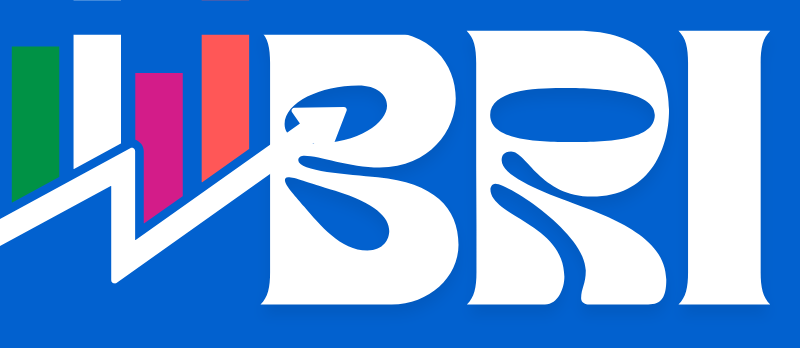
Canned Soup Market Size
The global canned soup market size was valued at USD 4,987.3 million in 2024 and is expected to reach USD 7,661.2 million by 2033, at a CAGR of 4.60% during the forecast period 2024-2033.
Canned Soup Market Overview
The canned soup segment is especially popular with common freeze-dried or powdered soups that have a long shelf life and cover all the options of immediate foods or those easy to prepare when in a hurry due to a busy day. This is done through extreme temperature cooking and hermetic sealing, thus extending health-enhancing benefits as a product of food processing without refrigeration.
Many brands of canned soups come in various types, like condensed and ready-to-eat soups, and come in different lifestyle requests, like vegetarian, non-vegetarian, gluten-free, organic, low-sodium, among others. From tomato soup to chicken noodle soup and such interesting ones as Thai or Indian, this market remains apace with the dietary as well as taste buds’ wants of the single guys and girls, couples, and families.
The leading driver observed in the canned soup market is the rising tendency to consume convenience foods due to patterns of urbanization and advanced inhabitants’ schedules. Being easy and quick to prepare, canned soups provide an option with balanced nutritional value and are suitable for working adults and other urban oriented populations.
However, some constraints slow down the market’s progress, including the use of preservatives and additives in canned foods. This has led to people developing a lot of concern when it comes to the consumption of foods that have undergone the use of chemicals.
Such organisation as the European Food Safety Authority support these fears in their reports, asserting pressure on the manufacturers to come up with special and unique products but at the same time meet the quality tests.
By type of soup, the ready-to-eat soups had the largest market share in 2023, mainly due to ease and flexibility of use. Regarding the components, non-vegetarian soups prevailed by their nutritive value; however, in recent years the segment of vegan soups is quickly developing as a result of people’s switch to plant-based meals.
Segmenting by flavor sees traditional soups like tomato and chicken noodles leading the market, with new-age flavors gaining traction among the risk- takers. Organic soups dominate the special categories followed section due to the clean label trend, while low-sodium varieties are a new, exciting segment. Last but not least, newer forms of operations such as online retailing came into the picture, which were more customer-friendly and had a broad range of products to cater to the newly started trend of shopping.
Region wise, North America is the largest market for canned soups due consumer group consisting of working people and better distribution centers. Consumers here also read about convenient foods such as canned soups, and this is given by the fact that major players in the market. On the other hand, the Asia-Pacific region is the most promising one, mainly due to the changes in the diet, Increased population density, and a constantly developing middle class.
The canned soup market is young in developed countries such as China, India, and particularly Japan because consumers are gradually swapping traditional recipes for Western-style products. The increasing opportunities in the food processing sector and a diverse product portfolio create even greater growth in this area.
Report Scope
| Feature of the Report | Details |
| Market Size in 2024 | USD 4,987.3 Million |
| Projected Market Size in 2033 | USD 7,661.2 Million |
| Market Size in 2023 | USD 4,670 Million |
| CAGR Growth Rate | 4.60% CAGR |
| Base Year | 2023 |
| Forecast Period | 2024-2033 |
| Key Segment | By Type of Soup, Ingredients, Flavors, Special Categories, Distribution Channel and Region |
| Report Coverage | Revenue Estimation and Forecast, Company Profile, Competitive Landscape, Growth Factors and Recent Trends |
| Regional Scope | North America, Europe, Asia Pacific, Middle East & Africa, and South & Central America |
| Buying Options | Request tailored purchasing options to fulfil your requirements for research. |
BRI has comprehensively analyzed the global canned soup market. We have provided a detailed explanation of the market’s driving forces, restraints, challenges, opportunities, and key trends. Segment-wise market size and market share during the forecast period are duly addressed to portray the probable picture of this Global Canned Soup industry.
The competitive landscape, which includes key innovators, aftermarket service providers, and market giants as well as niche players, is extensively studied and analyzed with respect to their strengths, weaknesses, and value-added prospects. In addition, Report covers key player profiles, market shares, mergers and acquisitions, consequent market fragmentation, new trends and dynamics in partnerships, and emerging business models.
List of the prominent players in the Canned Soup Market:
- Campbell Soup Company
- Nestlé S.A.
- The Kraft Heinz Company
- General Mills Inc.
- Amy’s Kitchen Inc.
- Conagra Brands Inc.
- Baxters Food Group
- Premier Foods
- Bear Creek Country Kitchens LLC
- Bonduelle Group
- Kroger Co.
- Tesco PLC
- Unilever PLC
- Trader Joe’s
- Maruchan Inc.
- Pacific Foods of Oregon LLC
- Aldi Group
- J. Heinz Company Australia Ltd
- Hormel Foods Corporation
- Woolworths Group Limited
- Others
The Canned Soup Market is segmented as follows:
By Type of Soup
- Condensed Soup
- Ready-to-Eat Soup
By Ingredients
- Vegetarian
- Non-Vegetarian (Chicken, Beef, Seafood, etc.)
By Flavors
- Classic (Tomato, Chicken Noodle, etc.)
- Exotic (Thai, Indian, etc.)
- Cream-based
- Broth-based
By Special Categories
- Organic
- Gluten-Free
- Low-Sodium
- Vegan-Friendly
By Distribution Channel
- Supermarkets/Hypermarkets
- Convenience Stores
- Online Retail
- Specialty Stores
Regional Coverage:
North America
- U.S.
- Canada
- Mexico
- Rest of North America
Europe
- Germany
- France
- U.K.
- Russia
- Italy
- Spain
- Netherlands
- Rest of Europe
Asia Pacific
- China
- Japan
- India
- New Zealand
- Australia
- South Korea
- Taiwan
- Rest of Asia Pacific
The Middle East & Africa
- Saudi Arabia
- UAE
- Egypt
- Kuwait
- South Africa
- Rest of the Middle East & Africa
Latin America
- Brazil
- Argentina
- Rest of Latin America
[embedsocial_reviews id=”d4ae80cffae3d938f997111953699a733c8e6f99″]
